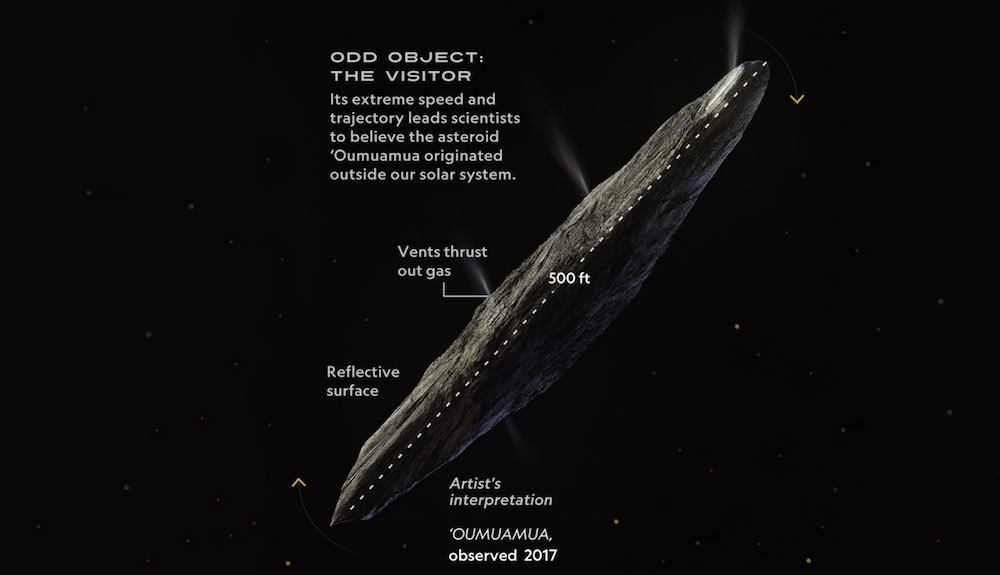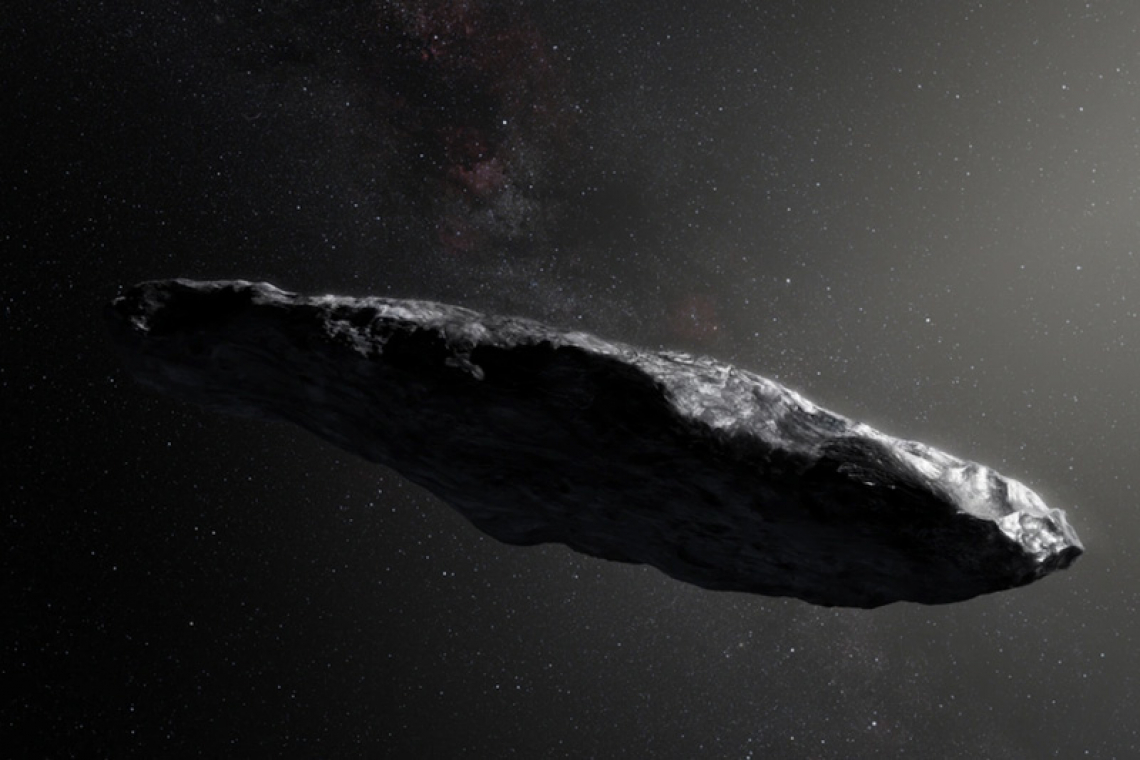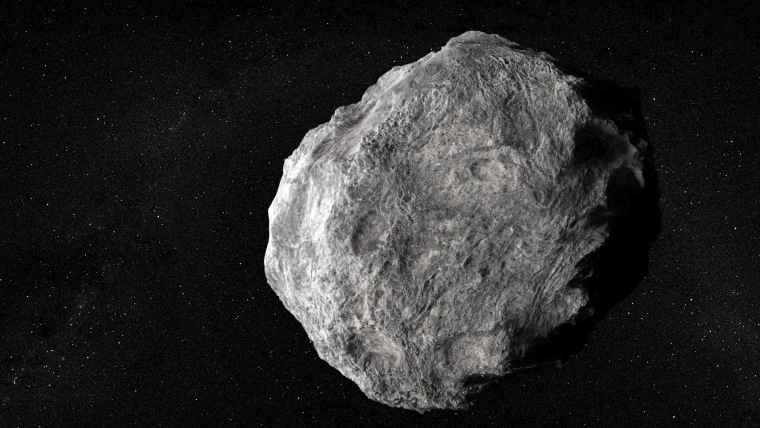t’s in the news because people want to know if it’s a rock or a rocket.
The “it” in question is a weirdly oblong asteroid that goes by the barely pronounceable moniker Oumuamua. It was first seen about a month ago by Pan-STARRS, a collection of telescopes perched high above the handsome beaches of the Hawaiian island of Maui. Like a motorcycle on the freeway, it was observed by astronomers only after it had already sped by. Now it’s halfway to Jupiter on its return to the dark spaces between the stars.
But what exactly is Oumaumua? Is it simply workaday cosmic debris — a spindly space rock booted out of another solar system after some close encounter of the planetary kind? Or, as some have wondered, could it be an alien spacecraft on a reconnaissance mission?

Oumuamua is different from your average asteroid — and for several reasons. It has a hyperbolic trajectory, not the usual elliptical orbit expected for an object born in our solar system. It’s an interloper, and that alone is enough to warrant our attention: No one has ever seen an object passing nearby that hails from another stellar realm.
Oumuamua isn’t humongous, as asteroids go. It’s the size of the Rose Bowl. But it has an unusual shape — more like a cigar than a roughly spherical rock. Few asteroids have such a svelte figure — in fact, none that we know of.
So it’s hardly surprising that fans of Arthur C. Clarke’s 1973 novel "Rendezvous with Rama" have suggested that this thing isn’t an interstellar dirt clod, but a hollow spacecraft built by aliens with a relish to roam.
There’s no evidence to back that up. Not yet, anyway. Oumuamua’s reddish hue and its unsteady brightness are typical of asteroids, not spacecraft. On the other hand, what are the chances that a rock kicked out of another star system would be so nicely aimed that it passes closer to the sun than Mercury’s orbit?
Well, consider this: This object came from the direction of the constellation Lyra. That small constellation boasts a bright star, Vega ("Contact," anyone?), that is a mere 25 light-years away. So suppose, for argument’s sake, that Oumuamua is a rock ejected from the Vega system. The chance of it passing so close to the sun is comparable to throwing a pebble and, by accident, hitting a nickel 75 miles away. That’s hard to do, even if you have the arm to throw that far.
Of course, such precision targeting isn’t so improbable if lots of pebbles are being thrown. And the fact that Oumuamua was discovered only seven years after Pan-STARRS was up and running suggests that there are plenty of pebbles. Natural pebbles. Asteroids that quietly cruise the galaxy, and occasionally get close enough for us to see.
But the long shot here is the more interesting one. Namely, that Oumuamua is someone’s USS Enterprise — a ship large enough and sophisticated enough to manage an interstellar voyage.
How could we ever prove that? One way would be to detect artificially produced radio signals. The SETI Institute began scanning Oumuamua with its Allen Telescope Array on Nov. 23, 2017. So far, we’ve spent 60 hours checking for transmissions over a wide range of frequencies. Another SETI project, Breakthrough Listen, will soon devote 10 hours to scrutinizing Oumuamua using a large antenna in West Virginia.
The most likely outcome of these efforts will be to find nothing but radio silence. But it’s never smart to rule out surprises, for they’re the stuff of science. Who knows? Perhaps, just perhaps, Oumuamua is someone else’s attempt to boulderly go.




